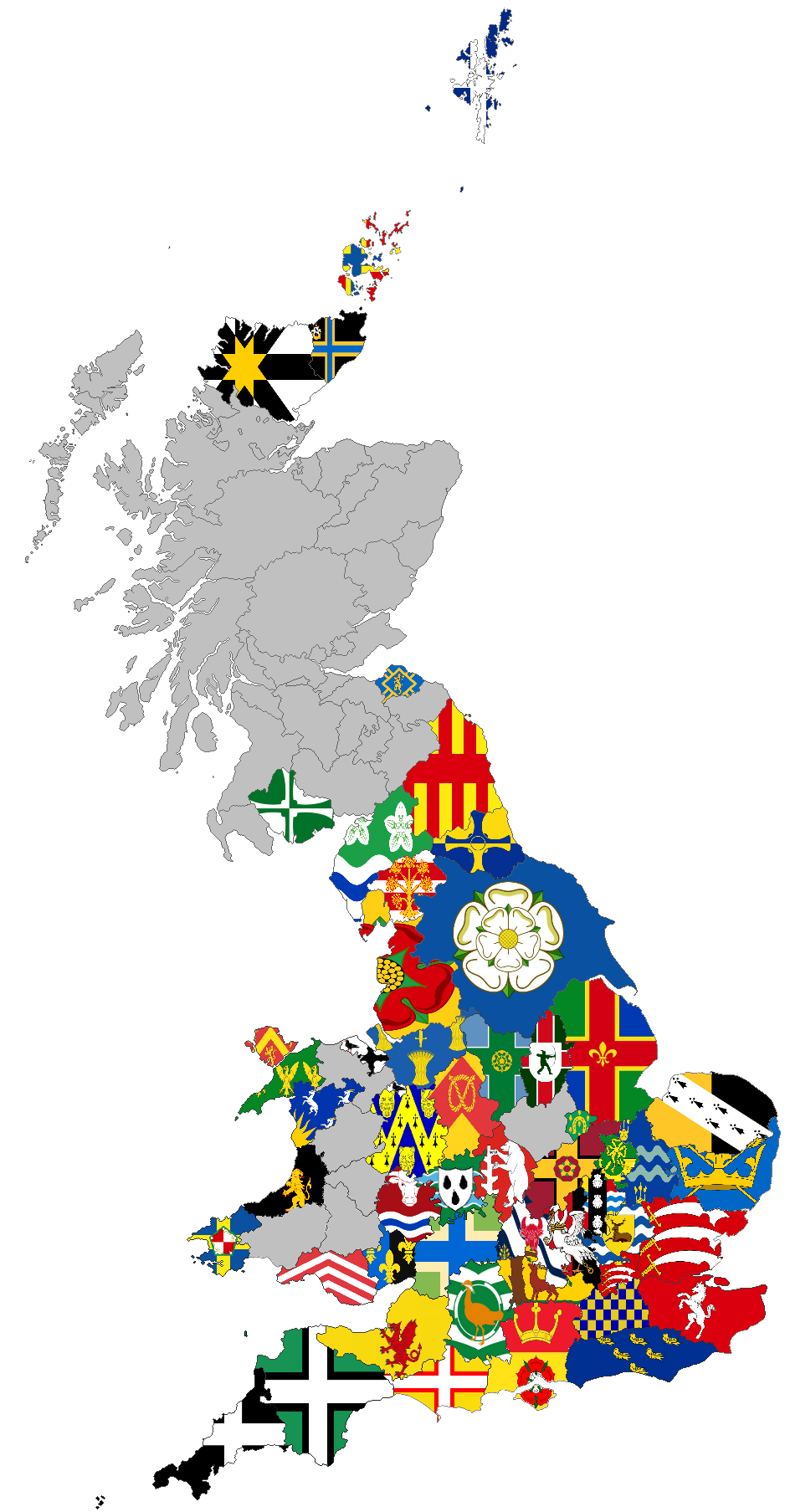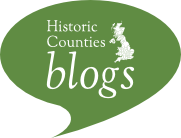A flag is synonymous with the entity it conveys, reinforcing the notion and status of that entity. As part of our efforts to strengthen the identity and recognition of the nation’s counties, the county flag is a highly effective weapon.
County flags reassert identity
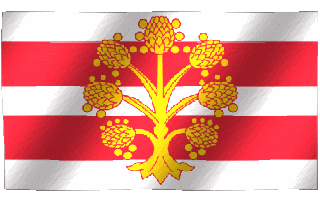
Flags flying for counties that some might have mistakenly thought long gone, such as Middlesex or Westmorland, will immediately correct that misapprehension – if there is a county flag, then there is a county represented by it. A flag to some extent may thus convey a greater reality to its county, without one a county might seem a touch insubstantial. We recently heard that members in Lancashire and Yorkshire will soon be marking the common border with posts bearing small respective county flags; a plain sign stating Lancashire” informs, topped with a flag it grabs the attention and asserts the distinction between one shire and the other.
The county flag movement
The pursuit of these flags was energised by the establishment in the last decade of a registry by the UK’s Flag Institute (FI). Founded in 1971 this organisation is one of the world’s leading research and documentation centres for flags and flag information and a government advisor. With a recent increase in local and regional flags, the FI’s registry was devised as a definitive record of their number. Whilst ostensibly intended to serve as a record book however, there being no “UK Flag Act” that might “authorise” such county flags, it effectively serves also as the de facto authority which endorses them. The criteria (following) laid down for inclusion in the registry emphasise the authoritativeness of the record, designs are not accepted without question but have to demonstrate a definite usage or acceptance.
- Prerequisites for registering a flag
– The design must be unique within the UK (i.e. no other UK area or organisation is using the design);
– The design must be in the public domain (i.e. not subject to copyright);
– The flag must be registered with the College of Arms, registered with the Office of the Lord Lyon, traditional, selected by a public vote or selected by an appropriate county or city organization;
and from our perspective perhaps most importantly,
– In the case of county flags the flag must normally apply to a historical county rather than a modern administrative area.
The advent of this registry with its pertinent county stipulation is therefore an opportunity for ABC to pursue its goals, exploiting a novel resource that suits our aims well.
County flags fall broadly into three “design” categories;
– “banners of arms” of local authorities released for public use e.g. Hertfordshire;
– designs derived from or utilising elements of, banners of arms in a simplified pattern e.g. Lancashire;
– entirely new and ground breaking designs e.g. Dorset.
Armorial bearings in county flags
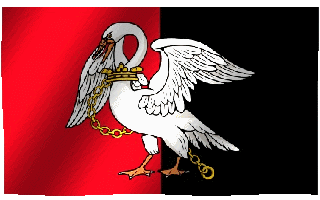
A “banner of arms” refers to the practice of extending the design from the shield found in a coat of arms, to a rectangular piece of cloth to be deployed as a flag. All bodies or individuals, who have been granted coats of arms by the heraldic authorities (in England and Wales the College of Arms), may display them in this fashion including county councils. It is often generally assumed that arms granted to a county council also represent the county it administers as an entity in its own right and that a banner of such arms is therefore the county flag; this is not the case. Coats of arms and banners formed from them may be legally used only by the body to whom they have been granted and individual citizens have no automatic right to display or fly such banners without specific permission, a fact generally ignored by commercial flag producers and vendors who often market banners of council arms as county flags. Such council arms frequently include symbols or devices that are locally familiar and often the same or similar versions of symbols found on council arms will be seen on the badges of county sporting bodies or fire and rescue services, so there is a clear association of symbol and county. Although individual elements from council arms may therefore be worthy of inclusion in a county flag the arms themselves in most cases do not make good flags. Aside from the legal restrictions on their use there are also stylistic objections to the use of council arms as county flags. As heraldic contrivances the designs are often complicated or “fussy” – replete with motifs and colours that might serve well on a town hall wall but do not work too well on a piece of cloth flying from a lofty perch. The complex heraldic patterns generally contravene the tenets of good flag design highlighted by the Flag Institute which state.
The tenets of good flag design
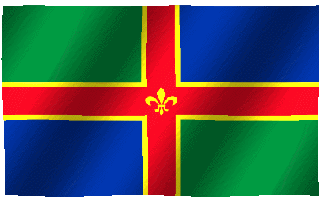
1: Keep it simple. The flag should be simple enough that a child can draw it from memory.
2: Use meaningful symbolism
The flag’s elements, colours, or patterns should relate to what it symbolises.
3: Use two to three basic colours
Limit the number of colours on the flag to three, which contrast well and come from the standard colour set: red, orange, yellow, green, light blue, dark blue, purple, black and white. Yellow and white work well on any of the other colours and vice versa.
4: No lettering or seals
Avoid the use of writing of any kind or an organisation’s badge, seal or coat of arms. It is better to use elements from an appropriate coat of arms as symbols on the flag.
5: Be distinctive or be related
Avoid duplicating other flags, but use similarities to show connections.
6: How will it fly in the wind?
Remember, the design must be distinctive when flying on a high pole in a strong wind, and when hanging in windless conditions too. Also remember that it will almost always have ripples caused by the wind.
